View all Standards for Common Core
CCSS.ELA-LITERACY.CCRA.L.3 Apply knowledge of language to understand how language functions in different contexts, to make effective choices for meaning or style, and to comprehend more fully when reading or listening.
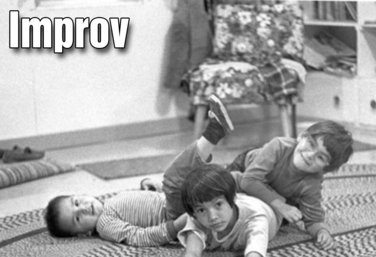
Improv
by Anna Porter
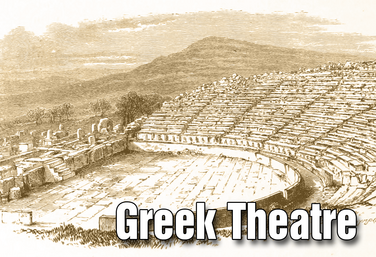
Part of the Drama One Curriculum
Ancient Greek Theatre
by Karen Loftus
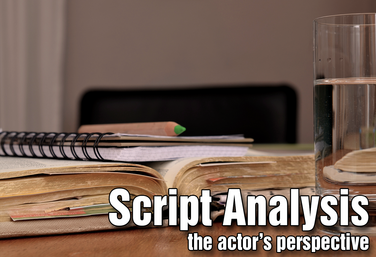
Part of the Drama One Curriculum
Script Analysis: The Actor's Perspective
by Karen Loftus
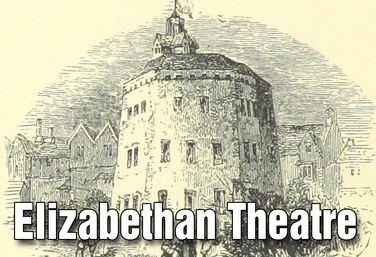
Part of the Drama One Curriculum
Elizabethan Theatre
by Karen Loftus
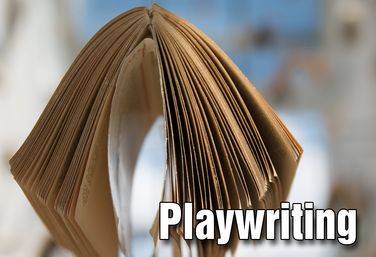
Part of the Drama One Curriculum
Playwriting
by Karen Loftus
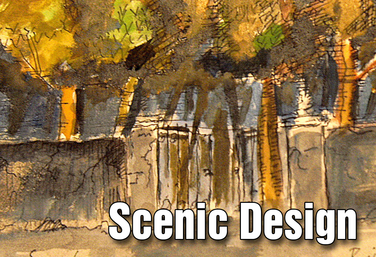
Part of the Drama One Curriculum
Scenic Design
by Karen Loftus
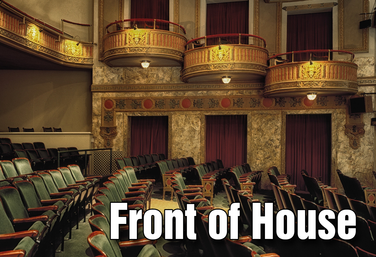
Part of the Drama One Curriculum
Front of House
by Karen Loftus
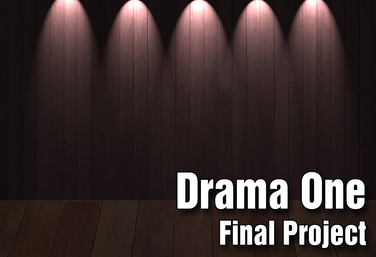
Part of the Drama One Curriculum
Drama One Final Project
by Karen Loftus
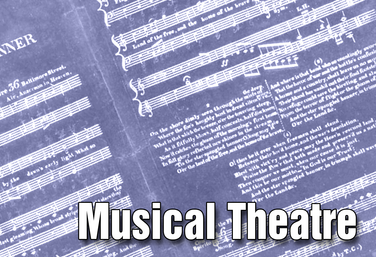
Musical Theatre
by Anna Porter
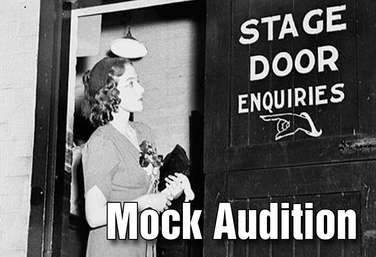
Mock Audition
by Lindsay Price

Monologue Writing Made Easy
by Matthew Banaszynski
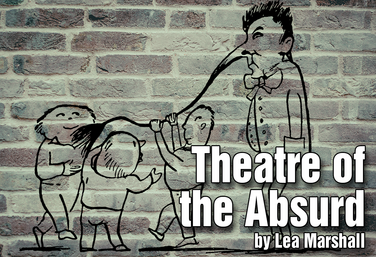
Theatre of the Absurd
by Lea Marshall
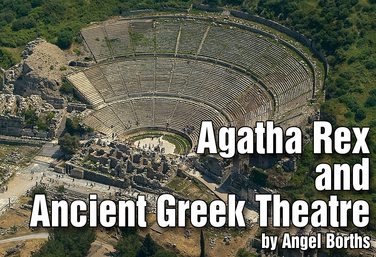
Agatha Rex and Ancient Greek Theatre
by Angel Borths
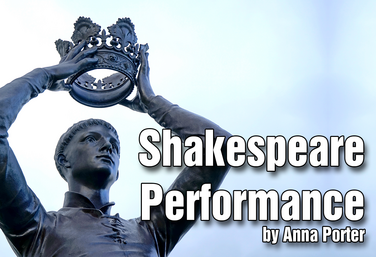
Shakespeare Performance
by Anna Porter
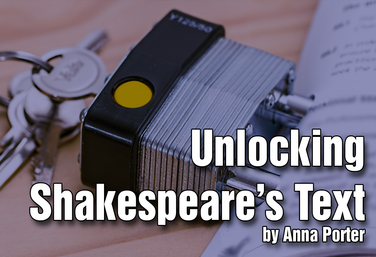
Unlocking Shakespeare's Text
by Anna Porter
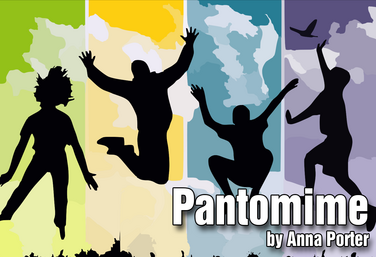
Pantomime
by Anna Porter
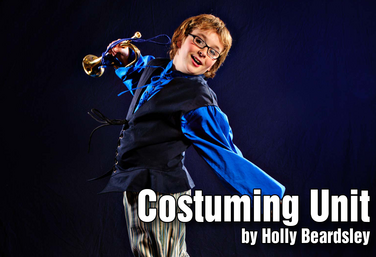
Costuming
by Holly Beardsley
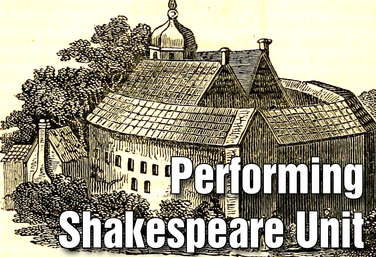
Part of the Drama Two Curriculum
Performing Shakespeare
by Matt Webster
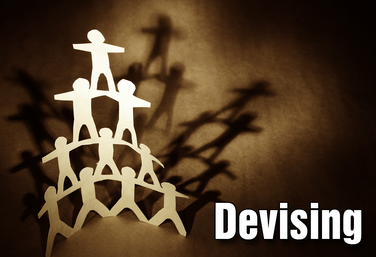
Part of the Drama Two Curriculum
Devising
by Corinna Rezzelle
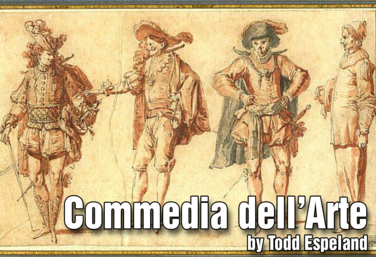
Commedia dell'Arte
by Todd Espeland
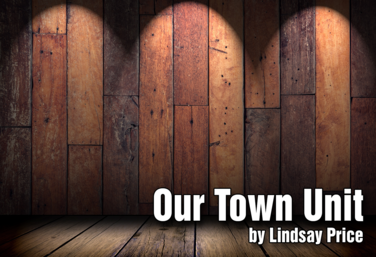
Our Town Unit
by Lindsay Price

Part of the Distance Learning Curriculum
Mock Audition
by Lindsay Price
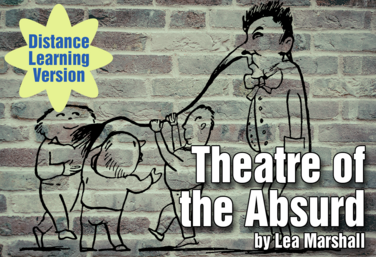.png)
Part of the Distance Learning Curriculum
Theatre of the Absurd
by Lea Marshall

Decolonizing Monologues
by Nicholas Pappas

30 Second Monologues
by Lindsay Price
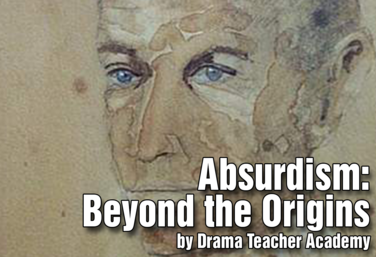
Absurdism: Beyond the Origins
by Drama Teacher Academy

Spoken Word Poetry
by Quincy Young
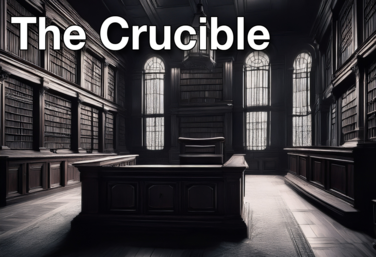
The Crucible Unit
by Lindsay Price
Part of Mock Audition Unit
Introduction to the Audition Process
by Lindsay Price

Laban: Advanced Characterization
by Todd Espeland
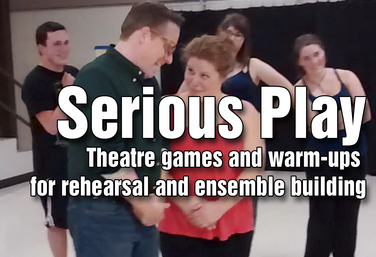
Serious Play: Theatre Games and Warmups for Rehearsal and Ensemble Building
by Todd Espeland

Breath Control and Projection
by Elisabeth Oppelt
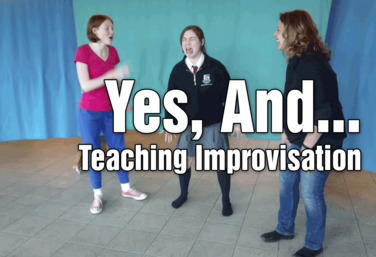
Yes, And... How to Teach Improv
by Jennine Profeta
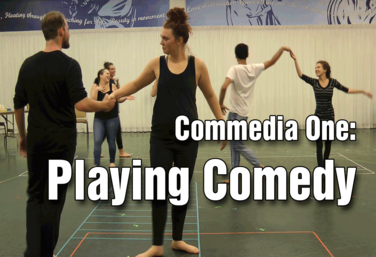
Commedia I: Playing Comedy
by Todd Espeland
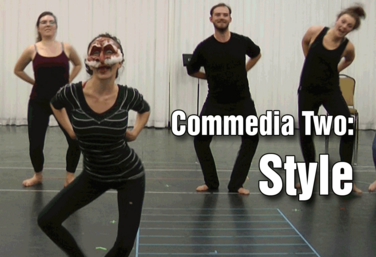
Commedia II: Style
by Todd Espeland
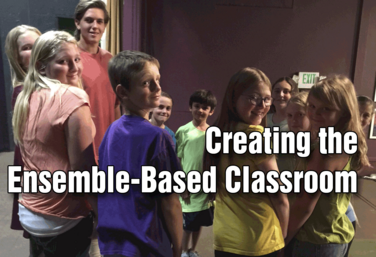
Creating the Ensemble-Based Classroom
by Gai Jones
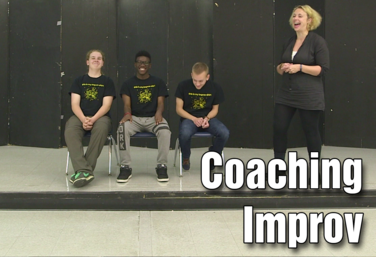
Coaching Improv
by Jennine Profeta

21st Century Skills Through Devising
by Allison Williams
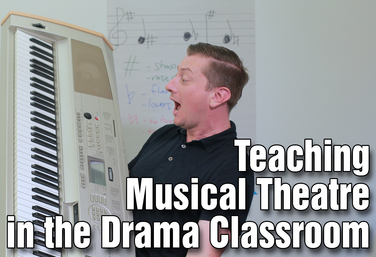
Teaching Musical Theatre in the Drama Classroom
by Colin Oliver
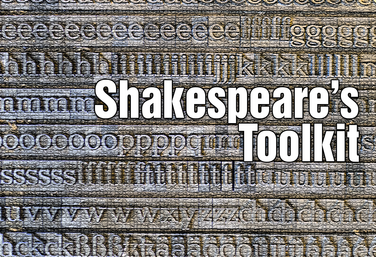.png)
Shakespeare's Toolkit
by Todd Espeland
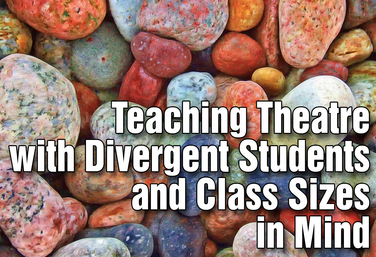
Teaching Theatre with Divergent Students and Class Sizes in Mind
by Steven Stack

Marketing the Arts
by James Van Leishout

Director's Toolbox 1: Teaching Students to Direct
by James Van Leishout
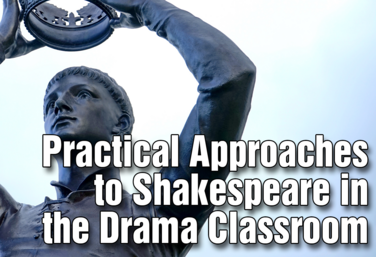
Practical Approaches to Shakespeare in the Drama Classroom
by Julie Hartley
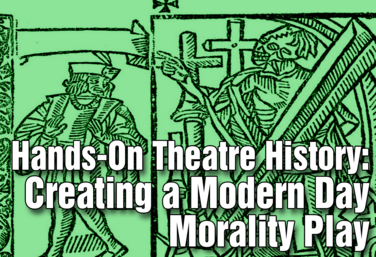
Hands-On Theatre History: Creating a Modern Day Morality Play
by Wendy-Marie Martin

Impowerment Improv
by Jennine Profeta

Social Emotional Learning through Game Play
by Matt Webster
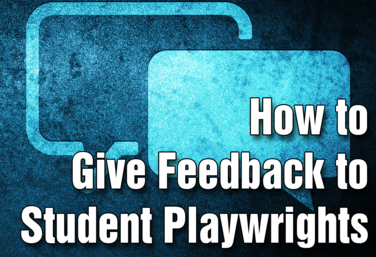
How to Give Feedback to Student Playwrights
by Nicholas Pappas
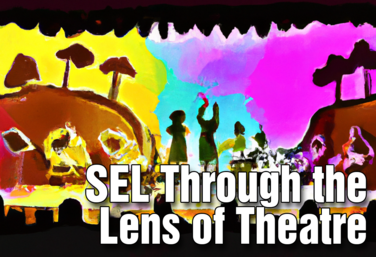
SEL Through the Lens of Theatre
by Christa Vogt

Playwriting Outside the Lines
by Steven Stack